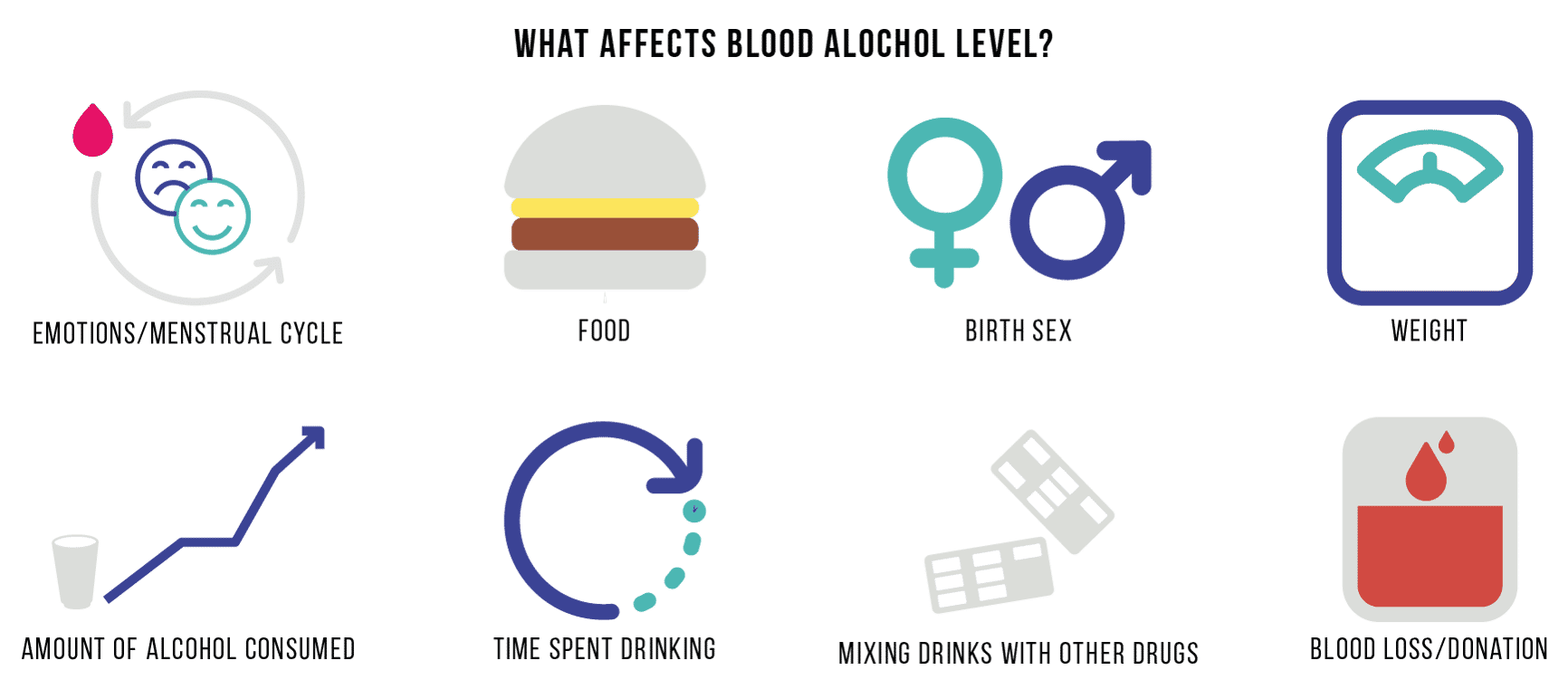For most people, moderate alcohol use is not considered harmful. However, alcohol consumption is linked to a variety of short- and long-term health risks, including vehicular crashes, violence, sexually risky behaviors, high blood pressure, liver disease, mental health challenges, and various cancers, such as breast and liver cancer. Research confirms that these risks increase proportionally with the amount of alcohol consumed.
Current Guidelines for Alcohol Consumption
The 2020-2025 Dietary Guidelines for Americans recommend that adults who choose to drink should do so in moderation. Moderate drinking is defined as up to two standard drinks per day for men and one standard drink per day for women on days when alcohol is consumed.
A “standard drink” contains about 0.6 ounces of pure alcohol, equivalent to:
- 1.5 ounces of distilled spirits (40% alcohol)
- 5 ounces of wine (12% alcohol)
- 12 ounces of beer (5% alcohol)
Importantly, these guidelines do not advocate daily drinking or starting to drink for any perceived health benefits. Studies emphasize that less alcohol consumption is always better than more.

Alcohol Use in the U.S.
Despite the guidelines, excessive alcohol use remains widespread:
- About two-thirds of adult drinkers exceed moderate limits at least once a month.
- Binge drinking (4+ drinks for women, 5+ for men on one occasion) is the most common form of excessive drinking.
- Excessive alcohol use contributes to 140,000 deaths annually in the U.S. (2015-2019 estimates from the CDC), shortening lives by an average of 26 years.
Factors Influencing Alcohol’s Effects
Alcohol affects every organ in the body, acting as a central nervous system depressant. It is absorbed rapidly into the bloodstream and metabolized primarily by the liver. However, several factors affect alcohol metabolism and individual tolerance:
- Body weight: Heavier individuals generally metabolize alcohol more efficiently.
- Sex assigned at birth: Women typically experience stronger effects due to differences in body composition and enzyme activity.
- Drinking speed: The faster alcohol is consumed, the more pronounced its effects.

Defining Excessive Alcohol Use
Excessive alcohol use includes:
- Binge drinking: Blood Alcohol Concentration (BAC) of 0.08% or more, typically 4+ drinks for women and 5+ for men within 2 hours.
- Heavy drinking: 8+ drinks per week for women, 15+ for men.
- Underage drinking: Consumption by individuals under 21.
- Drinking during pregnancy, which can harm fetal development.
Alcohol Use Disorder (AUD)
Alcohol Use Disorder (AUD) is a medical condition characterized by an inability to control alcohol use despite adverse consequences. According to the National Institute on Alcohol Abuse and Alcoholism (NIAAA), AUD affects approximately 29.5 million adults in the U.S. (2021). Key risk factors include:
- Genetics and family history
- Early age of first drink
- Mental health disorders or trauma history
A healthcare provider would likely ask the following questions to assess a person’s symptoms.
In the past year, have you…
- Experienced times when you ended up drinking more, or longer, than you intended?
- More than once wanted to cut down or stop drinking – or tried to, but couldn’t?
- Spent a lot of time drinking? Or being sick and getting over the aftereffects of alcohol?
- Wanted a drink so badly that you couldn’t think of anything else?
- Found that drinking – or being sick from drinking – often interfered with taking care of your home or family? Or caused problems at work? Or problems at school?
- Continued to drink even though it was causing trouble to you, your family, and/or your friends?
- Given up or cut back on activities that were important or interesting to you, or gave you pleasure, so that you could drink?
- More than once gotten into situations while or after drinking that increased your chances of getting hurt (i.e., driving, swimming, using machinery, walking in a dangerous area, or having unprotected sex)?
- Continued to drink even though it was making you feel depressed or anxious or adding to another health issue? Or after having a memory blackout?
- Had to drink much more than you once did to get the effect you want? Or found that your usual number of drinks did not have the same effect as before?
- Found that when the alcohol was wearing off, you had withdrawal symptoms (i.e., trouble sleeping, shakiness, restlessness, nausea, sweating, a racing heart, or a seizure? Or sensed things that were not actually there?
Any of these symptoms can be cause for concern. The more symptoms, the more urgently change and treatment is needed.
Evidence-Based Treatment Approaches
Treatment for AUD and high-risk drinking includes:
- Medications: FDA-approved options like naltrexone, acamprosate, and disulfiram help reduce cravings and prevent relapse.
- Behavioral Therapies: Counseling techniques, such as cognitive-behavioral therapy (CBT), build coping strategies and help address triggers.
- Mutual-Support Groups: Programs like Alcoholics Anonymous (AA) provide peer-based support.
Course Highlight: Under the Influence
Under the Influence is a personalized, interactive course designed for adults and juveniles with high-risk drinking behaviors or alcohol violations, such as underage drinking or driving under the influence. The program addresses topics like alcohol’s health effects, drinking and driving, state-specific laws, and interactions between alcohol and prescription drugs.
The course uses the eCHECKUP TO GO intervention, which includes a 30-day follow-up to track changes in attitudes and behaviors. Participants receive a confidential drinking profile that highlights personal risks, compares their habits to social norms, challenges their expectations, and offers non-drinking strategies. Through interactive feedback, students are guided to set and achieve goals for reducing unsafe drinking practices and making positive changes in their alcohol use.




